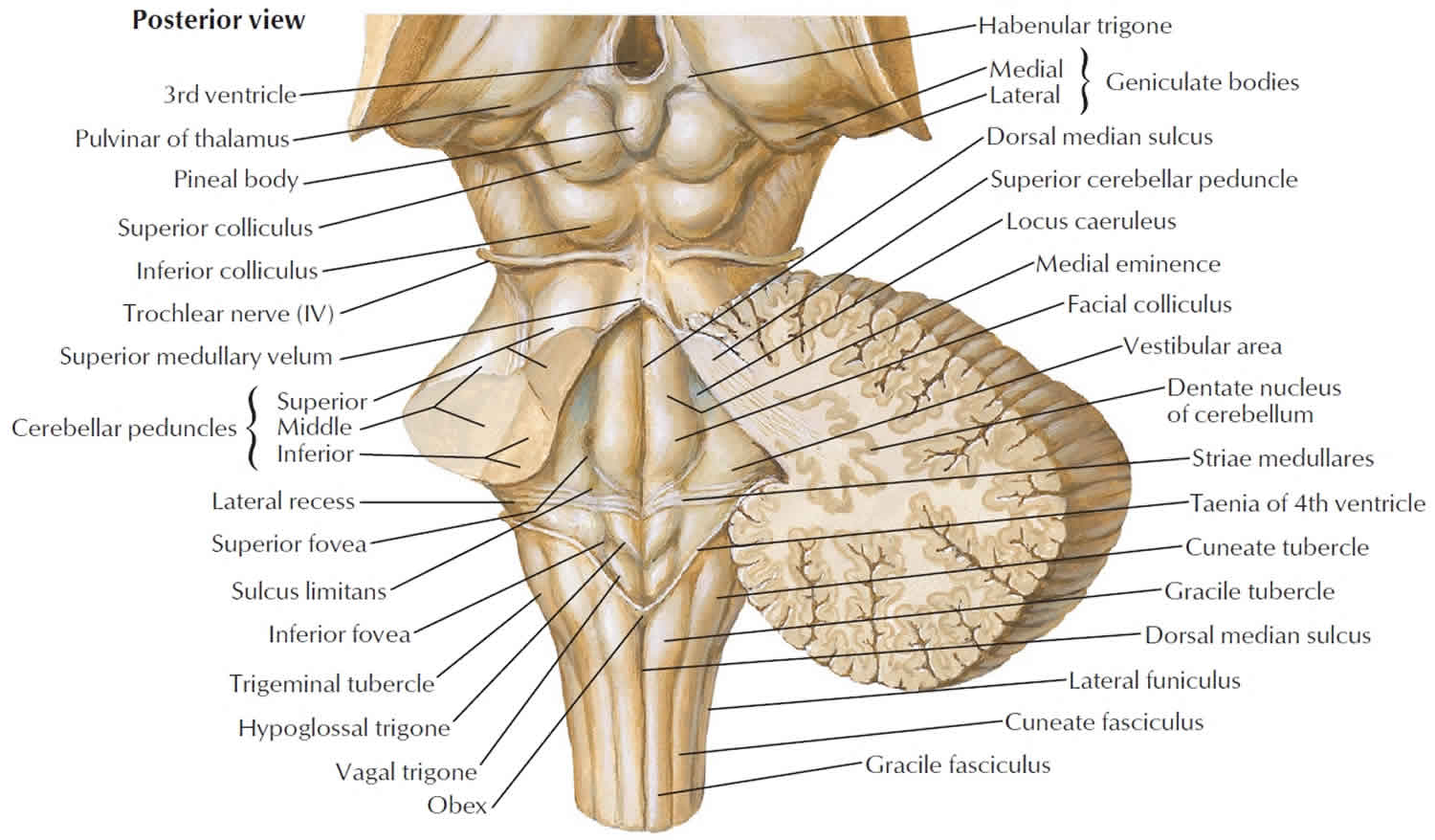

By contrast, less is understood about how interoceptive signals are processed. Examples include the olfactory receptor–guided map in the olfactory bulb 1, 2, the cortical homunculus in the somatosensory system 6 and visual system maps that extract increasingly complex stimulus features as information ascends 3, 4, 5. Landmark discoveries have provided insights into how neuronal circuits achieve these transformations for our external sensory systems. Sensory circuits transform basic physical inputs-photons of light, sound waves, chemicals and mechanical forces-into complex stimulus representations and perceptions. These findings reveal basic organizational features used by the brain to process interoceptive inputs. Spatial representations of different organs are further sharpened in the NTS beyond what is achieved by vagal axon sorting alone, as blockade of brainstem inhibition broadens neural tuning and disorganizes visceral representations. Sensory inputs engage specific NTS domains with defined locations, each containing heterogeneous cell types. Moreover, some mechanosensory and chemosensory inputs from the same organ converge centrally. Focusing on gut and upper airway stimuli, we observed that individual NTS neurons are tuned to detect signals from particular organs and are topographically organized on the basis of body position. Here we developed a two-photon calcium imaging preparation to understand internal organ representations in the nucleus of the solitary tract (NTS), a sensory gateway in the brainstem that receives vagal and other inputs from the body. Compared to external sensory systems, principles that underlie sensory processing by the interoceptive nervous system remain poorly defined.

For example, the olfactory system uses large receptor repertoires and is wired to recognize diverse odours, whereas the visual system provides high acuity of object position, form and movement 1, 2, 3, 4, 5. The nervous system uses various coding strategies to process sensory inputs.


 0 kommentar(er)
0 kommentar(er)
